News
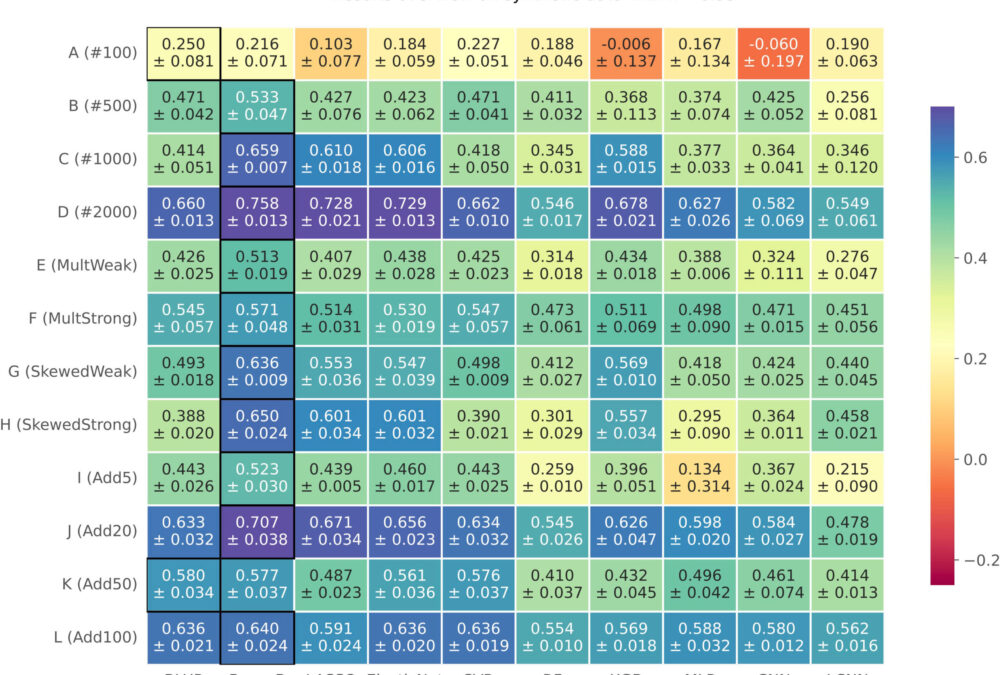
New Paper: A comparison of classical and machine learning-based phenotype prediction methods on simulated data and three plant species
New paper: “A comparison of classical and machine learning-based phenotype prediction methods on simulated data and three plant species”. In this work, our aim is to systematically compare 12 different phenotype prediction models, including basic genomic selection methods to more advanced deep learning-based techniques. More importantly, we assess the performance of these models on simulated phenotype data as well as on real-world data from Arabidopsis thaliana and two breeding datasets from soy and corn. The synthetic phenotypic data allow us to analyze all prediction models and especially the selected markers under controlled and predefined settings. We show that Bayes B and linear regression models with sparsity constraints perform best under different simulation settings with respect to explained variance. Further, we can confirm results from other studies that there is no superiority of more complex neural network-based architectures for phenotype prediction compared to well-established methods. However, on real-world data, for which several prediction models yield comparable results with slight advantages for Elastic Net, this picture is less clear, suggesting that there is a lot of room for future research.
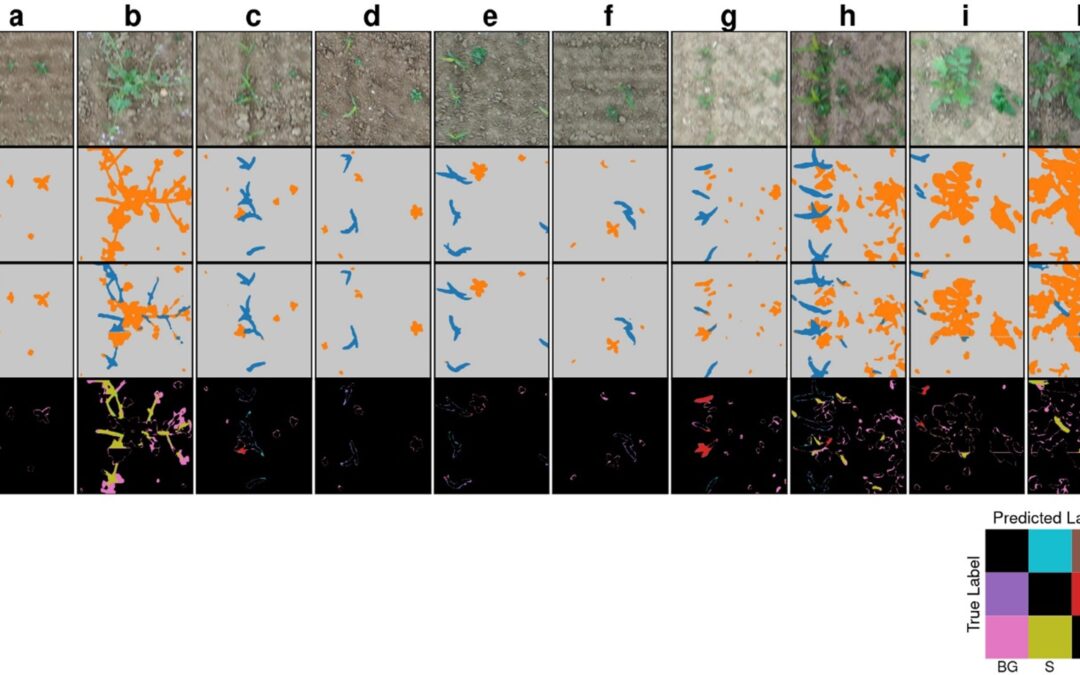
New Paper: Deep learning-based early weed segmentation using motion blurred UAV images of sorghum fields
New paper about “Deep learning-based early weed segmentation using motion blurred UAV images of sorghum fields”. In this work, we developed and analysed different deep learning-based architectures to accurately segment crop and weed species in UAV images of agricultural fields under challenging capturing conditions. For this propose, we created an expert-curated fully-annotated weed segmentation UAV dataset in sorghum fields. We show that our trained models have high precision in detecting general plant shapes with minor weaknesses at borders of the plants. More importantly, our method is capable in segmenting intra-row and partly occluded weeds on an individual plant basis. All code and data are publicly available on GitHub and Mendeley Data.
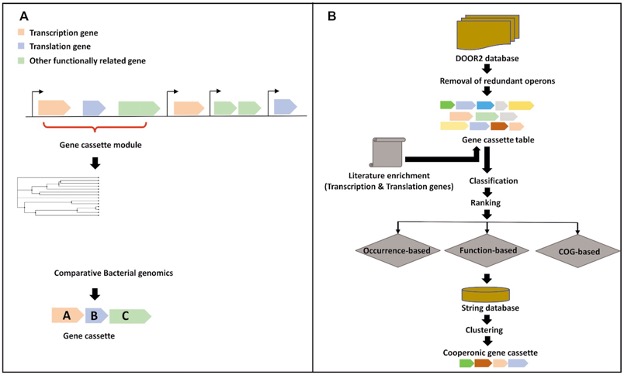
New Paper: Systematic analysis of the underlying genomic architecture for transcriptional–translational coupling in prokaryotes
New paper about “Systematic analysis of the underlying genomic architecture for transcriptional–translational coupling in prokaryotes”. In this work, we systematically analyzed gene cassettes from more than 1800 bacterial for the abundance of transcriptional and translational associated genes clustered in distinct gene cassettes. We identified three highly frequent cassettes containing transcriptional and translational genes. Interestingly, each of the three cassettes harbors a gene (nusG, rpsD and nusA) encoding a protein which links transcription and translation in bacteria. Furthermore, our analyses suggest an enrichment of these gene cassettes in pathogenic bacterial phyla.
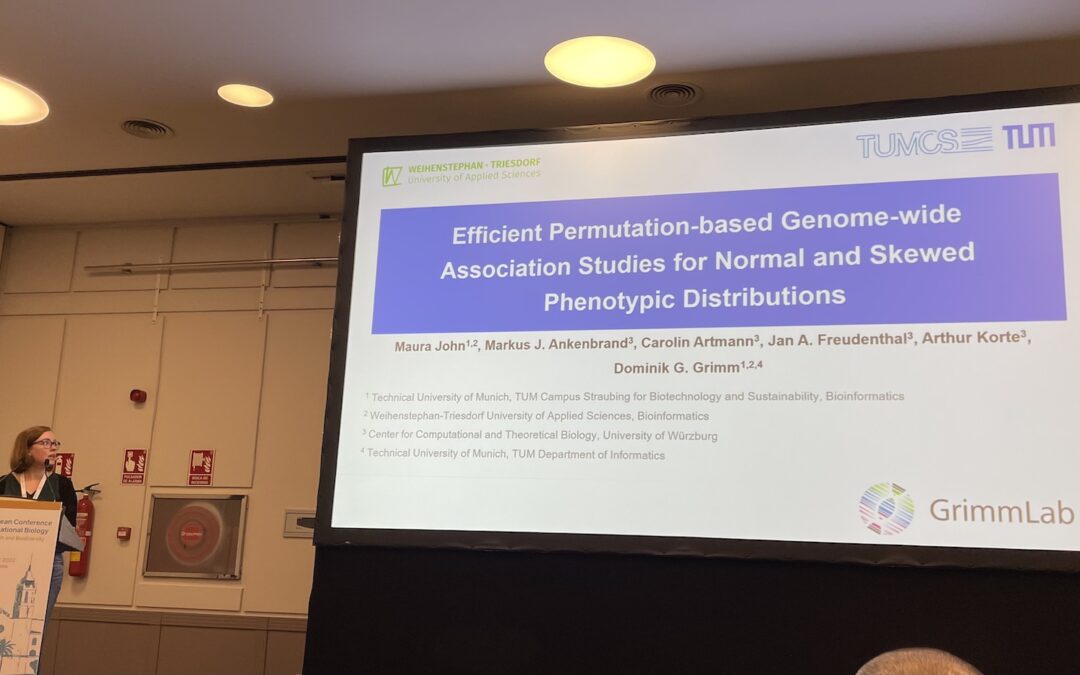
Maura Present our new Paper permGWAS at the European Conference on Computational Biology (ECCB)
Maura presents our new paper on “Efficient permutation-based genome-wide association studies for normal and skewed phenotypic distributions” at the 21st European Conference on Computational Biology (ECCB), the largest bioinformatics conference in Europe.
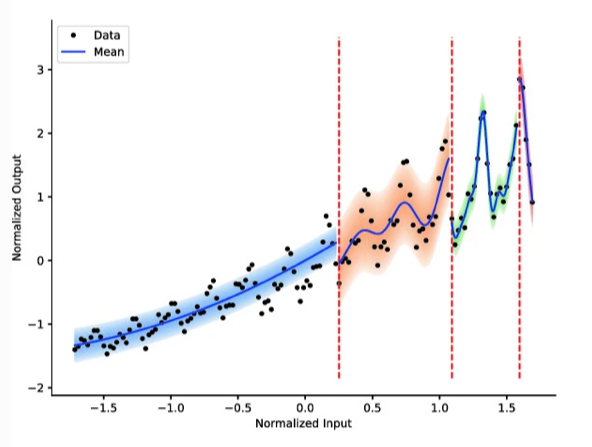
New Paper: Dynamically Self-adjusting Gaussian Processes for Data Stream Modelling
Florian published in a great collaboration with Jan Hüwel and Christian Beecks from the University of Hagen a conference paper at the German Conference on Artificial Intelligence a paper about Dynamically Self-adjusting Gaussian Processes for Data Stream Modelling
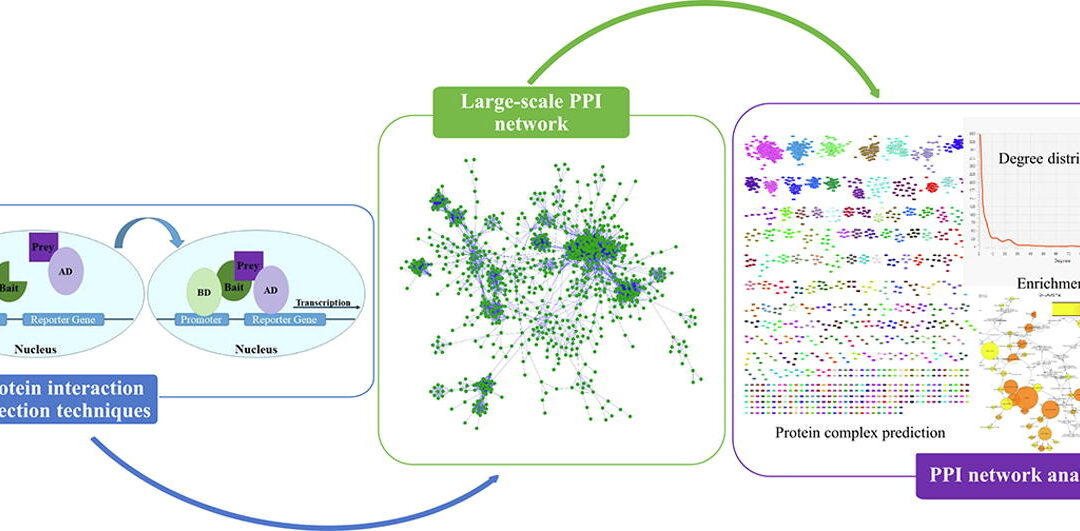
New Journal Paper about Computational identification of protein complexes from network interactions: Present state, challenges, and the way forward
Sara published a review paper in a collaboration with Zoran Nikoloski from the Max Planck Institute of Molecular Plant Physiology and the Intitute of Biochemistry and Biology at the University of Potsdam about the “Computational identification of protein complexes from network interactions: Present state, challenges, and the way forward”
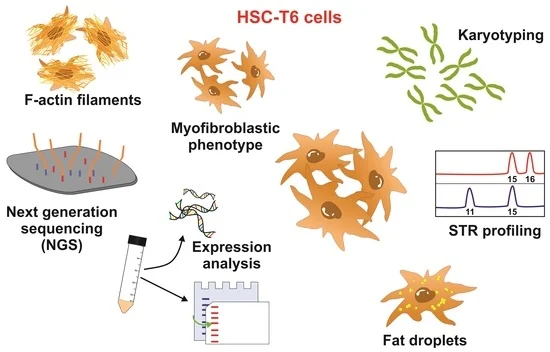
New Journal Paper about Genetic Characterization of Rat Hepatic Stellate Cell Line HSC-T6 for In Vitro Cell Line Authentication
In a great collaboration with Prof. Weiskirchen from the RWTH University Hospital Aachen we published a new paper about the “Genetic Characterization of Rat Hepatic Stellate Cell Line HSC-T6 for In Vitro Cell Line Authentication”
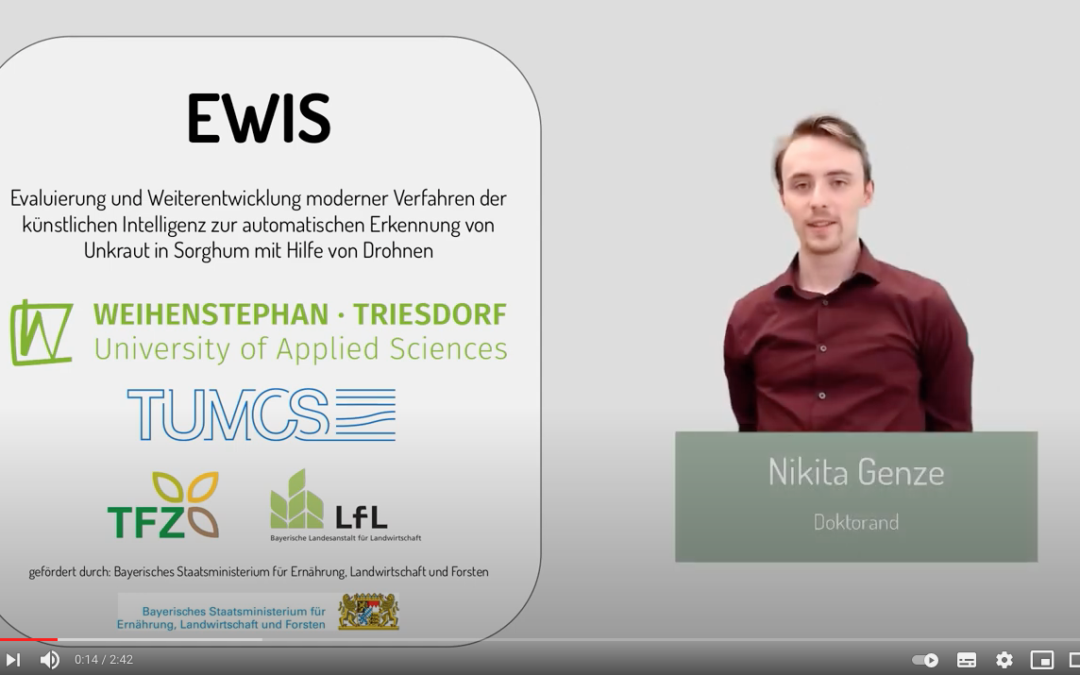
Deep Learning-based Early Weed Segmentation using UAV Images of Sorghum Fields (Video)
Nikita gave a talk at the 8th HEFagrar PhD Symposium from the Hans Eisenmann-Forum in Freising about “Deep Learning-based Early Weed Segmentation using UAV Images of Sorghum Fields”.

Josef joins the Team as Research Assistant
Josef joins the team as research assistant. He will work on novel machine learning methods for time series forecasting within the project “Digital management support systems for small and medium-sized enterprises in value chains of ornamental plants, perennials and cut flowers (PlantGrid)”, funded by the Federal Office of Food and Agriculture.
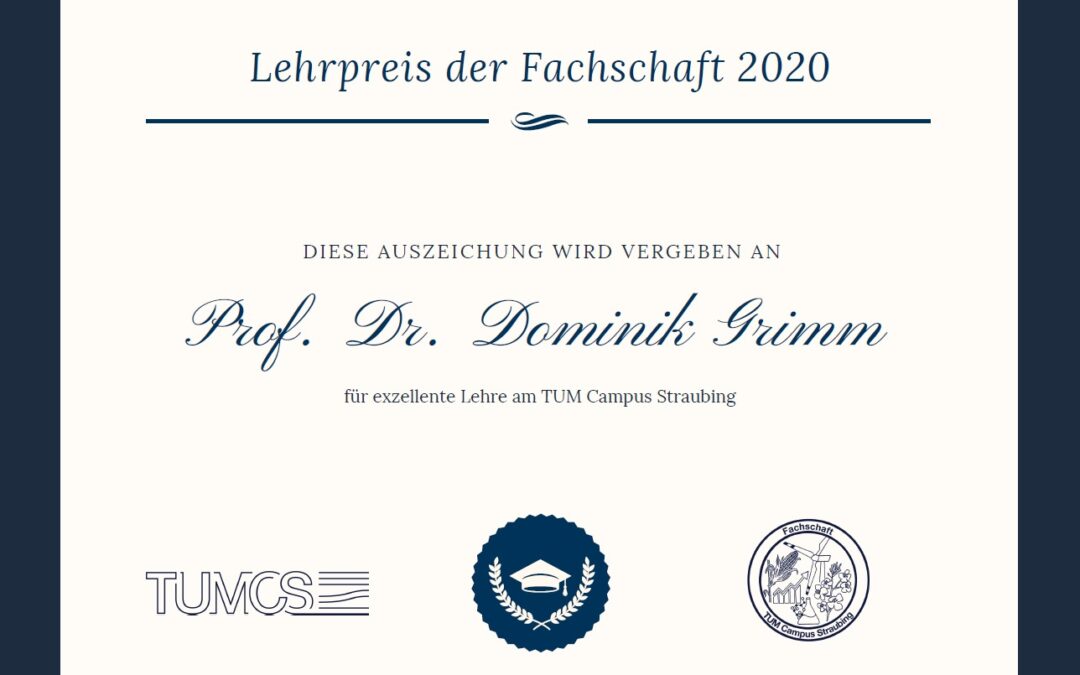
Dominik receives the excellent teaching award
Recently, the student council of the TUM Campus Straubing (TUMCS) for Biotechnology and Sustainability awarded the prize for excellent teaching for the first time to Prof. Dr. Dominik Grimm. A “Tree of Teaching” behind the new “Sustainable Chemistry” teaching and research building facing the Danube is dedicated to him. The student council had already chosen Prof. Grimm as the winner last year, and now the students congratulated him with a sign next to a newly planted silver willow after completion of the new building and the adjacent green space.

